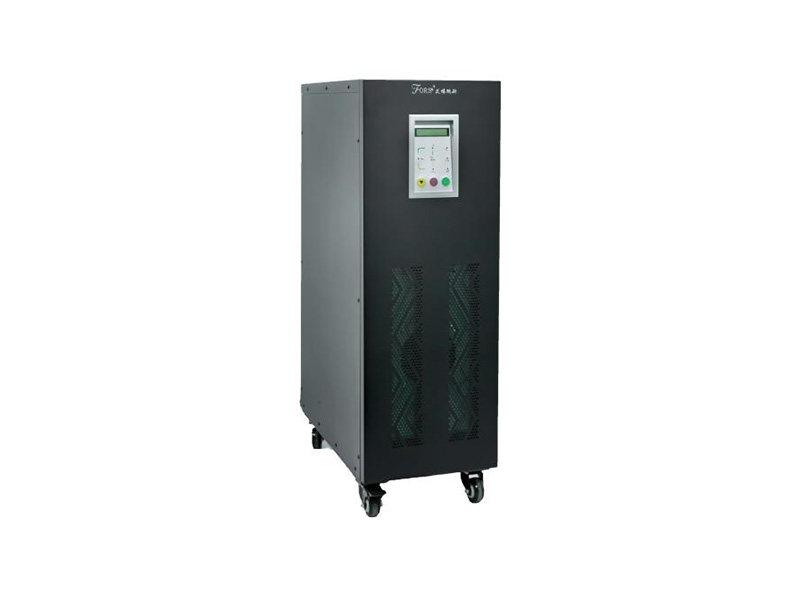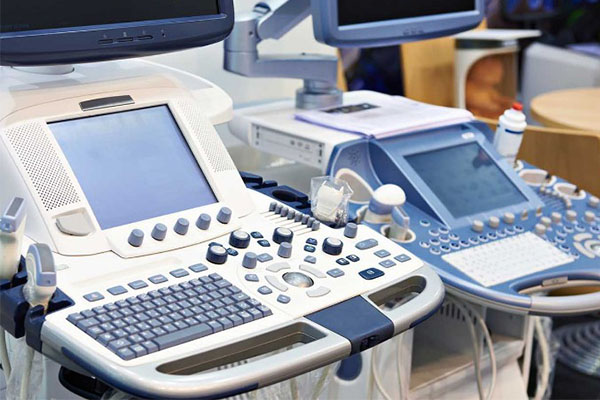language
Power outages, whether caused by storms, grid failures, or maintenance work, can strike without warning. For both homes and businesses, these interruptions can lead to more than just temporary inconvenience—they can damage electronics, corrupt data, and disrupt essential operations. This is where power back ups, also known as Uninterruptible Power Supplies (UPS), become crucial.
In this article, we explore how power back ups work, the types of protection they provide, and why investing in one is essential for safeguarding your devices.
What Is a Power Back Up?
A power back up system is a device that provides emergency power to connected electronics when the main power source is interrupted. It typically includes a battery that activates instantly during a power loss, ensuring that your devices continue to operate without interruption. For example, the AF800 series of fully digital single-input and single-output UPS based on online transformers is a highly intelligent product integrating digitization, informatization and networking. It has a powerful information collection system, signal processing system, detection system and complete protection system.

How Power Back Ups Protect Your Devices
1. Instant Power Supply During Outages
When the main power fails, a UPS activates its internal battery within milliseconds. This seamless transition prevents sudden shutdowns, which can corrupt files, crash systems, or cause hardware damage. For critical systems, even a few seconds of downtime can be costly—power back ups eliminate that risk.
2. Surge and Spike Protection
Power fluctuations such as voltage spikes, surges, and brownouts can severely damage sensitive electronics. Most UPS systems include built-in surge protection that absorbs or blocks excess voltage from reaching your devices, acting as a shield against sudden electrical disturbances.
3. Prevents Data Loss and Corruption
Power back ups give users time to save their work and shut down equipment properly. In offices and remote work setups, this can prevent the loss of important files and avoid potential system recovery hassles.
4. Voltage Regulation (AVR)
Line-interactive and online UPS systems not only provide backup power but also regulate voltage. This ensures that your devices receive clean, stable electricity, reducing wear and tear caused by inconsistent power.
5. Continuous Internet Connectivity
By powering modems and routers, a UPS keeps your internet connection live during outages. This is especially important for home offices, smart devices, or remote monitoring systems that rely on uninterrupted connectivity.

Choosing the Right Power Back Up
To get the most from a UPS, consider the following:
Capacity (VA or Watts): Choose a UPS with sufficient capacity to support your connected devices. Add up the total power requirements of the devices you want to protect and select a model with extra headroom.
Battery Runtime: Consider how long you need your devices to run on battery. Short outages may only require a few minutes, while longer interruptions may need extended runtime or additional battery packs.
Number of Battery-Backed Outlets: Ensure the UPS has enough outlets for all critical devices.
Display and Monitoring: Some UPS units come with LCD displays and software that show battery status, load level, and allow for remote monitoring.
Applications in Real Life
Home Users: Protect your desktop PC, router, and smart home equipment.
Small Offices: Keep printers, servers, and network systems running.
Medical Settings: Support essential diagnostic or monitoring devices.
Retail: Prevent downtime of POS systems and security cameras.
Power outages and voltage fluctuations are unpredictable but not unavoidable in their impact. A reliable power back up system ensures that your devices remain safe, data stays intact, and operations continue smoothly during any electrical interruption.